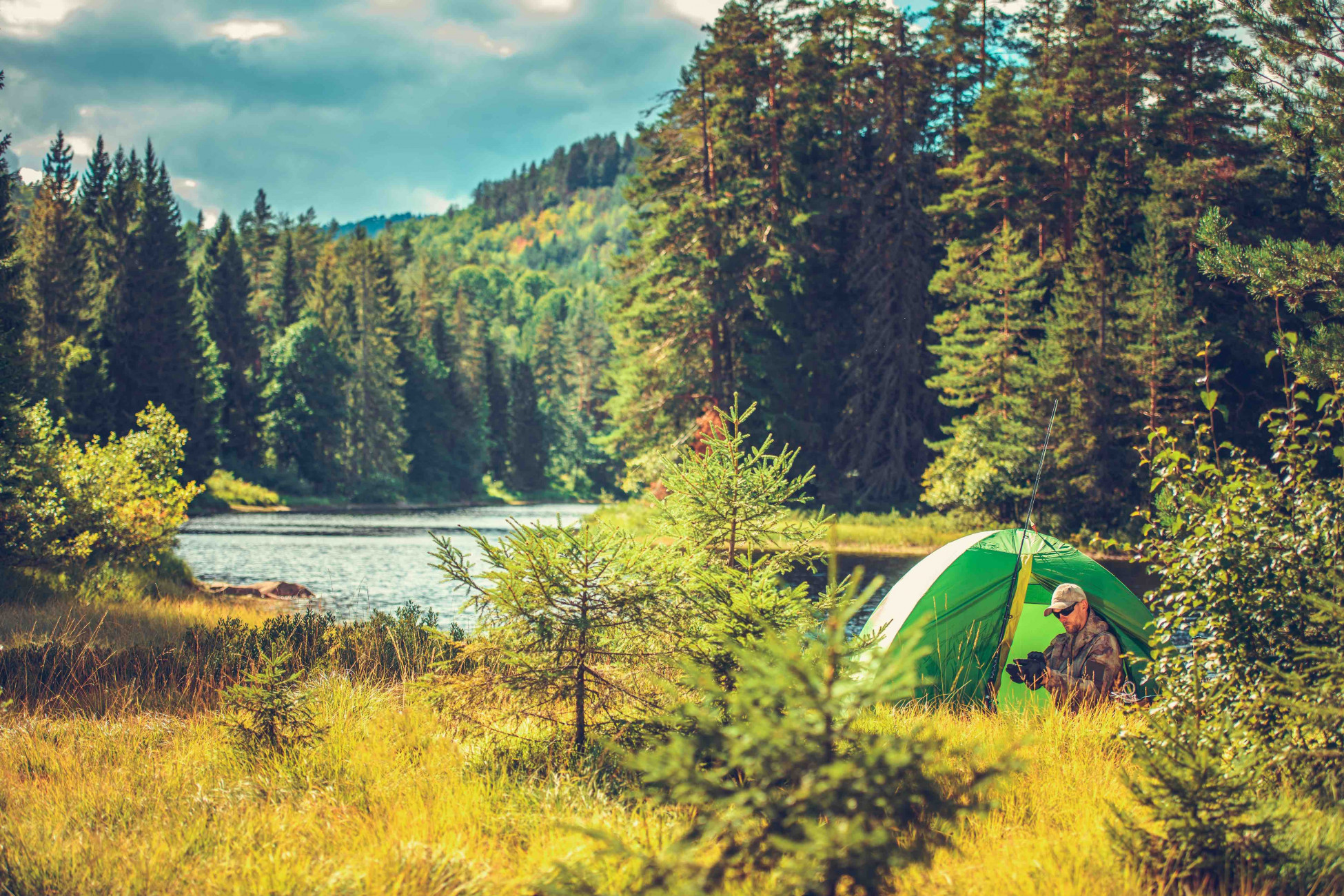
Fire Lays
-
Fire Lays
Posted by Barred-Rock-or-Brahma on September 9, 2022 at 9:44 amMost of us are aware that heat+fuel+air= fire, and 10 seconds on google will give you 10 ways to start one, but what happens next? How can we ensure that we are building the right kind of fire for our situation/needs? Let’s discuss, “Bringing the right dog to the hunt,” as Billy from Perma Pasture Farm likes to say.
Barred-Rock-or-Brahma replied 1 year, 10 months ago 5 Members · 15 Replies -
15 Replies
-
I’ll begin with one step that is common to most fires started: gathering the fuel. Before I pull out my ferro rod and dryer lint, I gather my fuel, and prepare my fire site. I like to have a double handful of twigs about the thickness of pencil lead, as well and a double handful of kindling about the thickness of pencils. Next I want an armload of dry branches about the thickness of my thumb, and a pile of of branches about the thickness of my wrist that I can barely hug my arms around. I don’t generally burn anything much thicker than my wrist, but you certainly could.
-
This reply was modified 1 year, 10 months ago by
 Barred-Rock-or-Brahma. Reason: Reworded
Barred-Rock-or-Brahma. Reason: Reworded
-
As to fuel … we all know that, to start, the smaller the better for combustion. Where I focus is then on which type of fire I’m building. If it’s for cooking, I won’t go above a certain size so that I can have faster coals to cook on. If for warmth, I’ll take it up to small logs that will take longer to burn. Perhaps even construct an automatic feed that will also serve as a reflector.
As to Lint … I never bother to carry any (or anything else). My Mentor’s would roll over in their graves. However, if I did ever feel the need, I’m usually wearing or carrying something like wool that a few scrapes with my knife edge would be all that is necessary to process some lint. So far, I’ve never had the need. Building fires was always a passion of mine and I always seemed to be the one designated by my friends to take care of it. 🙂
-
This reply was modified 1 year, 10 months ago by
 Art.
Art.
-
This reply was modified 1 year, 10 months ago by
-
This reply was modified 1 year, 10 months ago by
-
Do you cover your dryer lint in wax? I put my lint in cardboard egg cartons, lay in the lint, and then cover with enough wax that it all holds together. I am an awful fire starter to begin with. It gets pretty windy in the Colorado mountains, so I tried this. Each one would burn for about 15 minutes and didn’t go out. They’re not very light when you’re packing by ounces, but I pack like two for bad days.
-
I don’t do anything with my lint except store it in two ziplok bags. I can’t think of a good reason to cover it in wax as that would make lighting it with a spark much more difficult, and a couple plastic bags give better water protection, are more easily removable, and reusable. With a propper lay, a golf ball sized lint nest feels like cheating. My tinder weighs almost nothing, and takes up very little space.
-
Ignore that comment, I misunderstood what you said, and the “edit” feature isn’t working. Please see below for a (hopefully) more relevant comment.<div>
I don’t do anything with my lint except store it in two plastic sandwich bags (one inside the other). With a propper lay, a golf ball sized lint nest feels like cheating. My tinder weighs almost nothing, and takes up very little space.
<div>
</div><div>It seems like you might be using your lint as a DIY Duraflame log? I’ve never done it that way. I only bring a very small amount of tinder with me, and rely on deadfall for the rest of my fuel.</div><div>
</div><div>If I can’t find anything dry to burn, then my best defense against cold is staying dry in my shelter.</div></div> -
Yes. It’s kind of like a duraflame log. When I Elk hunt in Colorado, it’s normally for two weeks and I’m living off what’s in my pack. My primary is just plain lint.
-
Ok, so I’m thinking high elevation, mountain terrain, snow on the ground, cold weather, and sparse tree cover? What is the purpose of your DIY Duraflame logs?
-
I suck at starting fire. I just use one on days that I can’t get a fire started any way I try. Alot of the mornings everything is covered in snow.
-
If you have thumbs, you don’t suck at starting fire, you just haven’t yet invested enough time learning and practicing to perfect your technique. Keep at it, you’ll get it.
In the meantime, have you ever heard of WetFire? Individually wrapped, hard candy-sized blocks of manufactured tinder that lights easily, stays lit, and burns long enough to get your fire going.
-
I’ve never heard of the brand, but I will pick some up. I bought something similar this spring, but I doubt they’ll be any good if they get wet.
-
-
-
That’s a great idea with the lint. I think I’ll do that since we deal with wind here most of the time too.
-
For many lays, I’d recommend setting up some sort of windbreak. Downed trees, logs, rocks, or even a dirt berm will work. This is helpful not only for lighting your fire, but also for limiting dangerous sparks and for directing heat.
If lint isn’t cutting it for you, roll a few cotton balls in vasoline and stick them in a plastic bag.
-
-
Once you’ve gathered your fuel, it’s time to decide on a site. If your backyard has a fire pit, or your campsite has a fire ring then there isn’t much critical thinking required. On the other hand, if you’re out in the bush, there are some factors that you might want to consider before you strike that flint.
Security: Humans aren’t the only predators in the woods. People may be at the top of the food chain, but the individual person is not. Don’t cook where you sleep in bear country. If you are trying to avoid people, you might want to nix the tradional teepee fire and cooking at night and instead go with Dakota fire hole while the sun is still up.
Safety: Make sure the area around your lay is clear of combustable material by scraping the immediate surrounding area down to bare earth and emplacing a makeshift fire ring and windbreak. If you’ll be sleeping near the fire, be sure to consider the wind direction so that you can avoid smoke and sparks.
Smothering: Do you have something readily accessable to kill or control this fire? That pile of wet leaves you just scraped away might be a good start.
-
Log in to reply.

